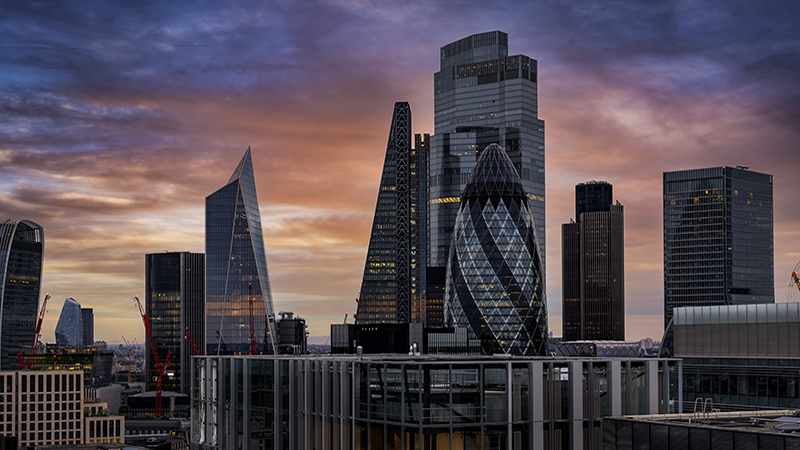What’s Unusual about the Rally?
Typically, when stocks advance dramatically it is a sign of increased risk appetite on the part of investors. In other words, when stock markets climb rapidly, higher-risk asset classes are usually outperforming. While we are seeing some signs of this (high yield, for example, has been performing well), many higher-risk investments such as commodities and emerging markets equities have actually been performing quite poorly. In the current rally, investors are favouring assets that are typically seen as "safe havens."
This trend has been manifesting itself in a few ways. First, while money has been flowing into stocks, flows into fixed income funds have been even stronger.
Second, even the cash that is moving into stock funds is mostly staying close to home-investors are focusing on US stocks more than international funds.
Third, investors have largely been favouring areas of the market that are typically thought of as "defensive," such as food and beverage companies, utilities and healthcare.
Arguably, these trends are a function of investors who are tentatively stepping back into the markets. The money fuelling the rally has been coming largely from cash holdings and it seems that many of the investors who are moving from cash to stocks are looking for areas of the market that are considered the safest and the least volatile.
This is why on a year-to-date basis, the classic defensive sectors such as utilities, healthcare and consumer staples have been outperforming.
Are We at a Turning Point?
In the past couple of weeks, however, there are signs that these trends are starting to change. The utilities sector is down sharply so far this month, while healthcare and consumer staples are also turning in weaker performance. At the same time, some of the more "cyclical" sectors, including energy, industrials, materials and technology, have all been experiencing better performance.
We would argue that part of this reversal stems from the fact that many defensive areas of the market have grown somewhat expensive. The three sectors we mentioned earlier-utilities, healthcare and consumer staples-are now trading at an average premium of more than 10% of the broader market. By way of comparison, these three sectors were trading at a discount of more than 40% in the fall of 2009.
For the consumer staples sector, at least, some of the current premium may be justified given that consumer staples companies are exhibiting strong profitability, but the same cannot be said of the healthcare and utilities sectors. As such, we believe the recent underperformance of some of the defensive areas of the market makes sense.
Look to Global Dividend Payers and some US Cyclical Sectors
So how should investors approach the markets given this backdrop? First, we would not say that investors should abandon defensive areas of the market, but they should consider how much they are paying for the perceived safety and stability. In particular, we believe the utilities sector is quite overpriced and, despite the recent slide, this sector probably has more downside.
Second, we would point out that part of the preference for defensive sectors is coming about because investors are starved for yields and dividends. This quest for income is completely understandable given that traditional sources of income (such as Treasuries) are offering such low yields. But we would encourage investors to cast a wide net in their search for income, including looking at dividend-paying companies from outside the United States, many of which are quite attractive.
Finally, we would argue that many cyclical areas of the market look inexpensive at current prices. In particular, we believe the technology and energy sectors offer good long-term value, despite their higher volatility.










